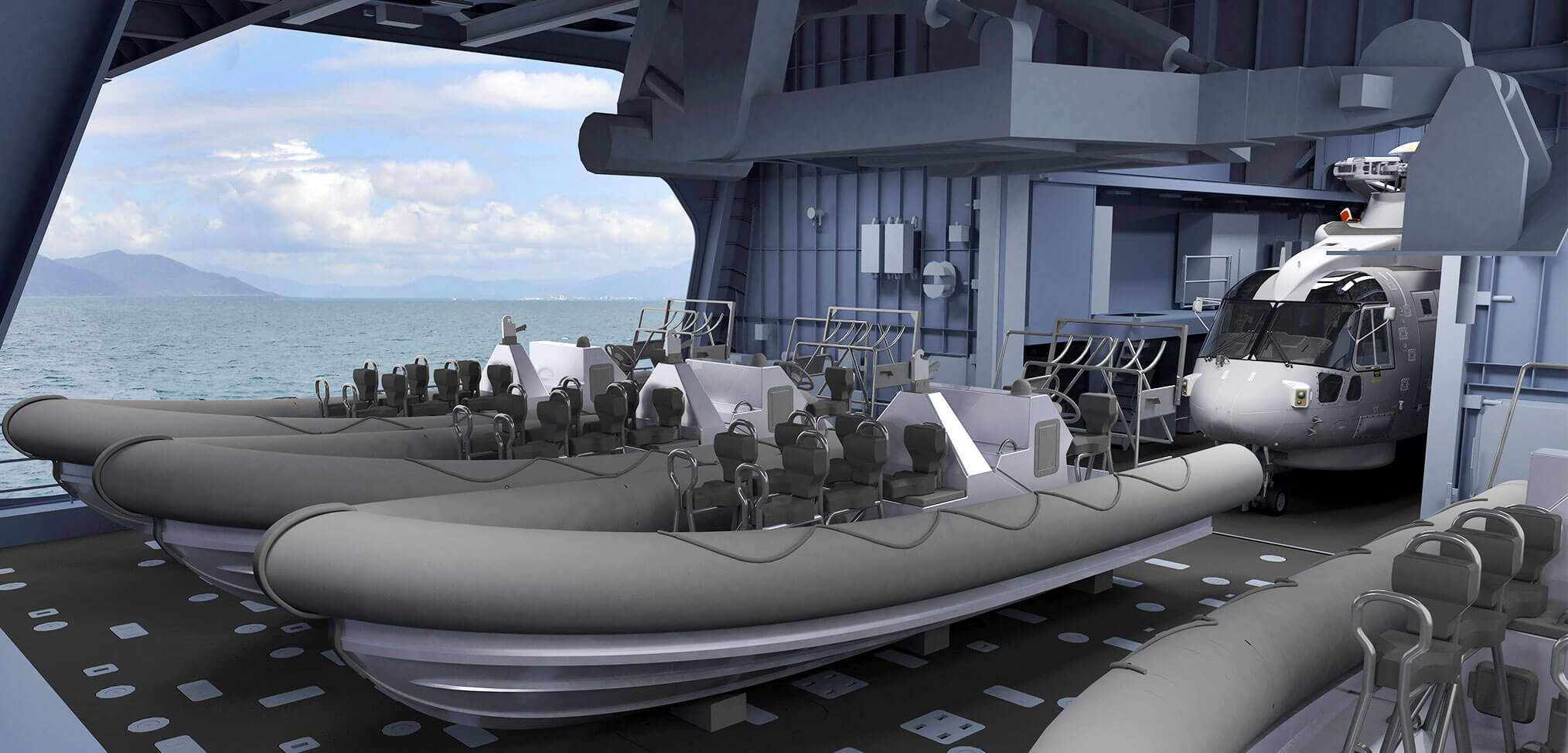Hello,
I'm curious as to what a warship with the ability to carry 4 helicopters would look like? Practically only two would operate at a time, with the other two stored below deck. Such a ship could carry 2 (or more) anti-sub warfare helos, a gunship and a troop carrier of some sort. It seems a very useful mix to me. How big would such a ship need to be, to also include the usual weapons of a destroyer.
I'm curious as to what a warship with the ability to carry 4 helicopters would look like? Practically only two would operate at a time, with the other two stored below deck. Such a ship could carry 2 (or more) anti-sub warfare helos, a gunship and a troop carrier of some sort. It seems a very useful mix to me. How big would such a ship need to be, to also include the usual weapons of a destroyer.





